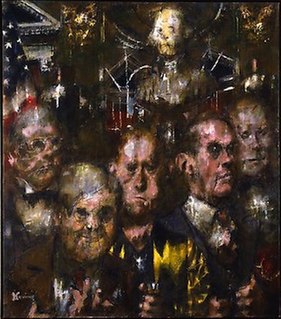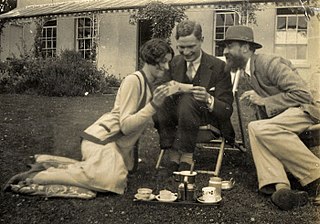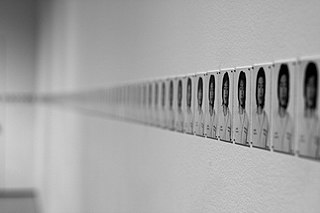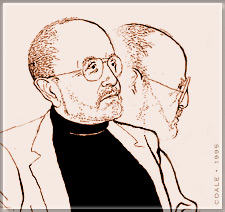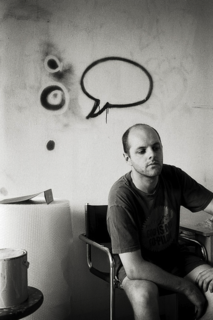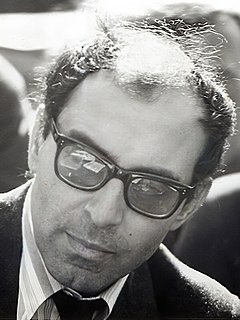A Quote by Jack Levine
Now painting is different. It's something recollected in tranquility.
Quote Topics
Related Quotes
A writer works from the material she has, but it comes from the unconscious. Everything is stored up and one never knows what comes up to the surface at a given moment. A period of gestation is certainly needed, what Wordsworth called ‘emotion recollected in tranquility.’ You cannot write about an experience when you are living it, suffering it. You are too busy surviving to look at it objectively. At least I can’t.
I come from a painting background, and although my painting is completely different from my performances, there is something about the fundamentals of that training that transfers over to this idea of an exercise and being diligent about mapping something out in advance - even if it is just being aesthetically diligent.
You have bits of canvas that are unpainted and you have these thick stretcher bars. So you see that a painting is an object; that it's not a window into something - you're not looking at a landscape, you're not looking at a portrait, but you're looking at a painting. It's basically: A painting is a painting is a painting. And it's what Frank Stella said famously: What you see is what you see.
I distrust summaries, any kind of gliding through time, any too great a claim that one is in control of what one recounts; I think someone who claims to understand but is obviously calk, someone who claims to write with emotion recollected in tranquility, is a fool and a liar. To understand is to tremble. To recollect is to re-enter and be riven. ... I admire the authority of being on one's knees in front of the event.
